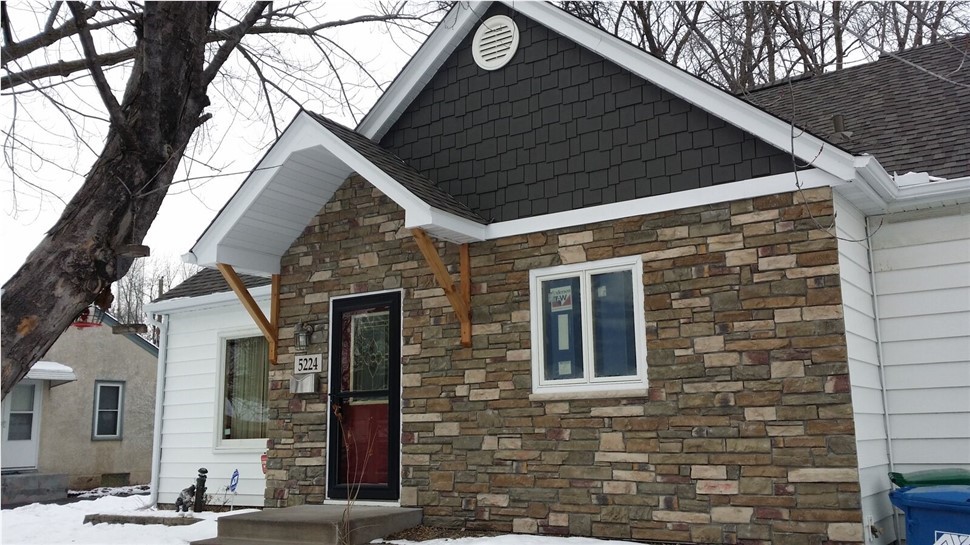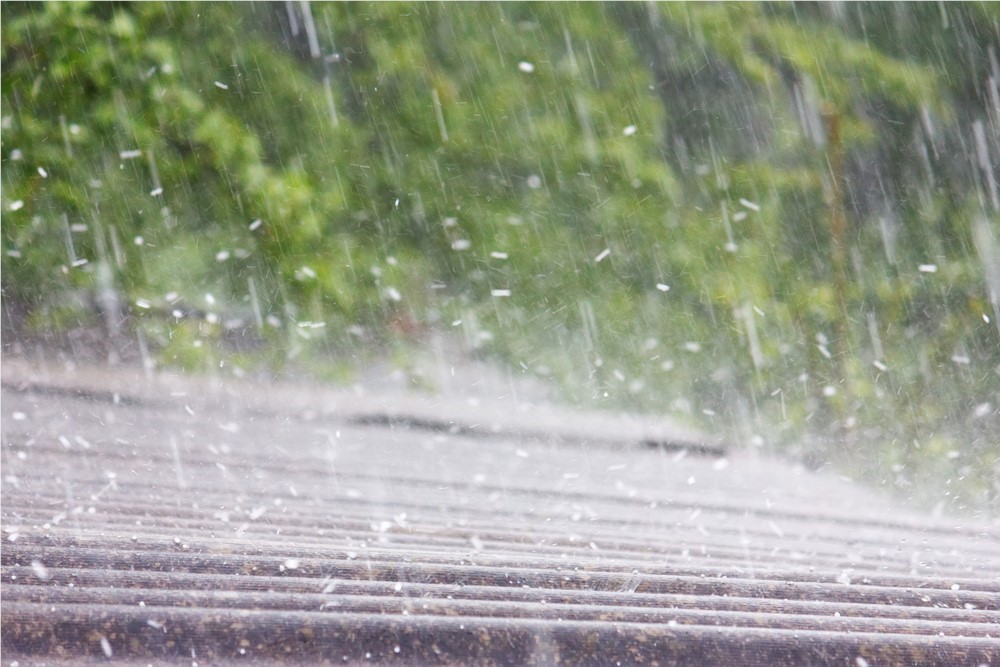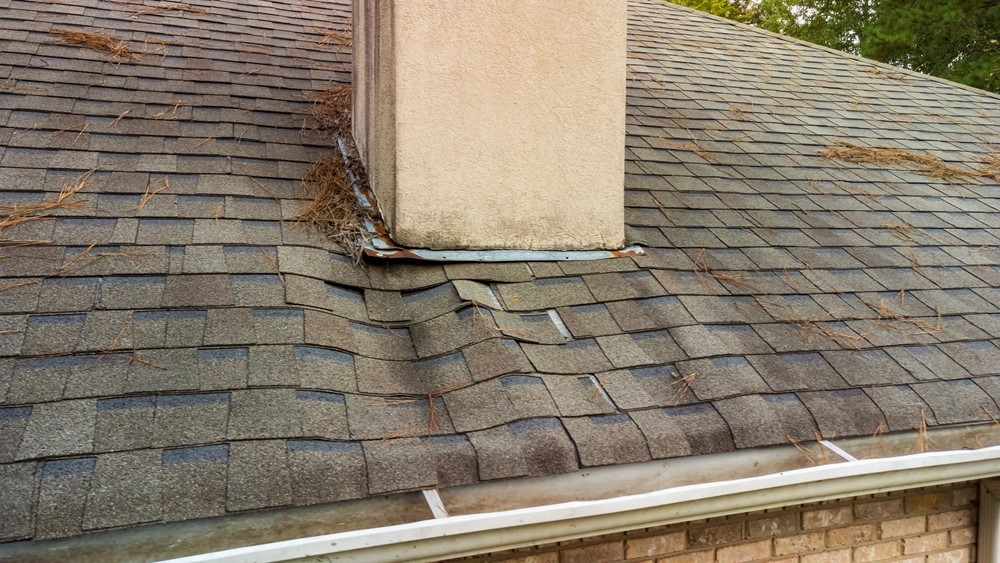Spring is the best time to survey your roof for damage, because most roofing materials will expand and contract through the cold Minnesota winters. This, along with heavy snow and ice dams, can damage your roof. According to the American Cleaning Institute, 72% of American households take part in spring cleaning, but few of them remember their roofs.
Replacing your roof is a big investment, but if you catch damage early on, you may be able to get away with less expensive repairs.What to Look For
The best, and safest, way to survey your roof for damage is to do so from the ground with a set of binoculars.
Asphalt Roofs: If you have an asphalt roof, look for black areas which indicate cracked or missing shingles. These damaged or missing parts will give water an easy way to get into your home. Wood Shingles and Shake: Shingles and shakes that curl upwards, are split, broken or missing must be replaced to fix existing or potential leaks. Slate: Watch out for black areas, as they could indicate missing slate. The sooner you get the missing pieces replaced, the less likely it is that you’ll need to deal with repairing water damage in the future. Valleys: When looking at the valleys in your roof, check for heavy wear and tear from running water. Since this part of your roof sees concentrated wear, it’s most likely to suffer damage, especially if the flashing wasn’t installed properly. Chimney and Vent Pipes: Look for any gaps, fractures, cracking or missing caulk around your chimney and vent pipes. Overhangs: Don’t forget to check your overhangs and eves for water damage. Inside: Check your ceilings and attic for new signs of water damage, like discolorations in wood or plaster. These indicate potentially hidden leaks. Any of these signs indicate leaks in your roof which must be repaired sooner rather than later. Timely roof repairs can avert possible structural damage from water leaks, which can lead to an expensive major repair project. Quarve Contracting has been helping homeowners in the Minneapolis and St. Paul areas protect their homes with quality roofing for three decades.
Subscribe to Quarve Contracting's Blog







Comments